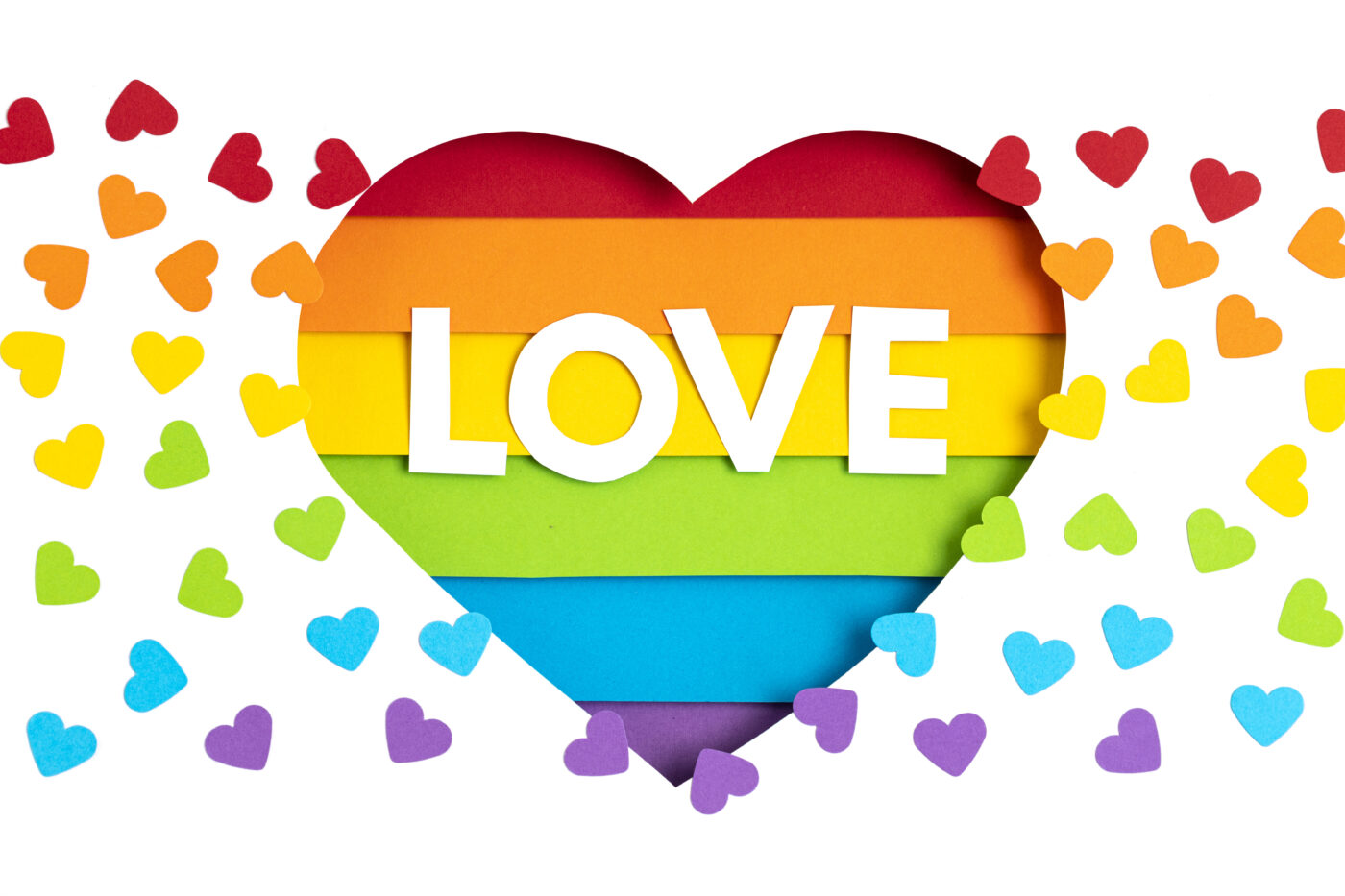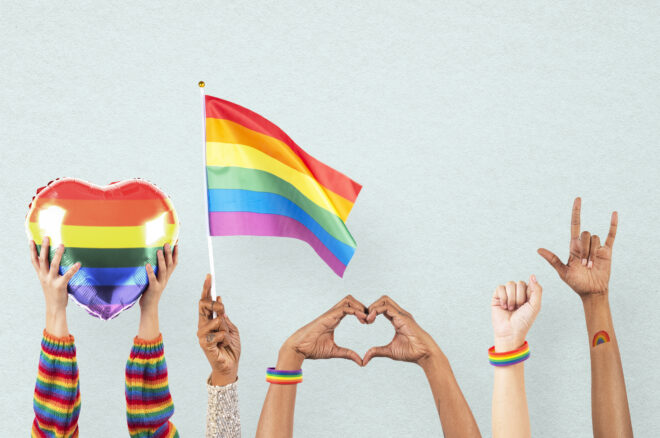The world of sexual orientation is so colorful that new terms appear again and again, many are hearing about them for the first time. One of these lesser-known tendencies is omnisexuality. Wondering what it means to be omnisexual?
The prefix "omni" comes from Latin and translated into German means "all" or "all". And that's exactly what orientation is: transgender people are attracted to all genders or gender identities, both sexually and emotionally. When it comes to relationships and sex, they theoretically don't care if someone identifies as female, male, transgender, or non-binary.
Omnisexual vs. pansexual
Many first think that omnisexuality is just another name for pansexuality? But that's not quite the case! There is actually a significant difference between these sexual orientations. Omnisexuals do not commit to one gender, perceive different genders and experience different degrees of attraction to them. They can often imagine sexual and emotional relationships with all genders, but are more attracted to one gender than the other.
These preferences and escalations in pansexuality do not exist. Here, gender or gender identity has no bearing on who a person is attractive to. Instead, the focus is on other values that relate to a person's personality.
Basically, the boundaries between different sexual orientations are blurred. There is no right or wrong - each person defines their sexuality differently, so the terms are often used individually and do not always have 100% the same meaning.
Are omnisexuals monogamous?
Although an omnisexual is attracted to all genders and gender identities, it does not mean that this person also has (sexual) relations with several people at the same time. Omnisexuality has nothing to do with monogamy or polyamory. This decision is entirely a matter of personal preference and is independent of sexual orientation.






